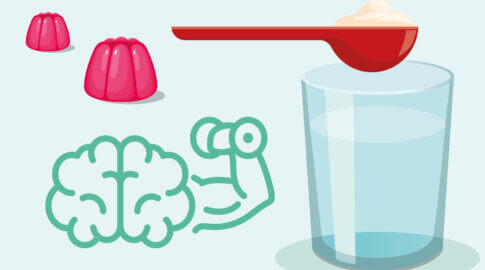An introduction to mindfulness
You may have already heard of ‘mindfulness’ – a type of meditation in which you focus on being intensely aware of what you’re sensing and feeling in the moment, without interpretation or judgment. It can help you feel calmer and more centred when worries take hold, making it a valuable tool when you live with a condition like PH.
As the mental health charity Mind explains, ‘Mindfulness is a technique you can learn which involves noticing what’s happening in the present moment, without judgement. You might take notice and be aware of your mind, body or surroundings. The technique has roots in Buddhism and meditation, but you don’t have to be spiritual, or have any particular beliefs, to try it’.
Essentially, mindfulness is a form of meditation in which you train your mind to lose focus of worries, stress, and concerns, and focus on something else. It’s all about not getting overwhelmed and living for the now.
Mindfulness aims to help you cope with difficult thoughts and have more freedom in how you think and what you feel. It can help you to feel generally calmer and less stressed, and to have kinder thoughts about yourself.
The importance of acknowledging your bad thoughts
It may sound simple, but while achievable, learning mindfulness is not the easiest thing in the world. The beginning of the process is the hardest part, as it starts with acknowledging what troubles you. In doing this, you will know what you need to let go of, and what to put to the back of your mind. This will free your mind to focus mindfully on something else, which could be the air, sounds, or even the food you’re eating. It will allow you to notice the good in every day.
The negative thoughts will never fully disappear while practicing mindfulness, but it’s about putting them to the back of your mind and acknowledging them as mental events that come and swiftly go.
Ways to practice mindfulness
The aim of practicing any form of mindfulness is to clear your mind and focus only on what is around you. Could you give some of these mindfulness practices a try?
Mindful breathing: Sit down, relax, and focus on your breathing. Try to focus on every aspect of each breath; the inhaling, exhaling, and the way your belly and chest rises and falls.
Mindful eating: This can be done while cooking or eating. Focus on every detail; the smell, the sounds, the texture, and the taste. This could also help if weight loss is your goal, as it helps you to feel fuller more quickly.
Walking meditation: Walk slowly and intentionally, paying attention to each step, the movement of your body, and your surroundings.
Mindful observations: Choose an object and observe it closely, noticing its details, colours, shapes, and textures. This helps enhance your ability to focus.
Mindful colouring: Engage in colouring or drawing, paying attention to the colours, shapes, and movements as you create. There are various books available to purchase that provide ready-made patterns to work with.
Journalling: Write down your thoughts and feelings without judgment. Reflect on your experiences and explore your emotions.
Mindful daily activities: Bring mindfulness to everyday tasks like brushing your teeth, washing the pots, or taking a shower. Focus on the sensations and movements involved.
Mindfulness can be found in anything once you find yourself practicing it consistently. It’s all about what works for you, and what you enjoy.
You can learn more about mindfulness via these websites:
















